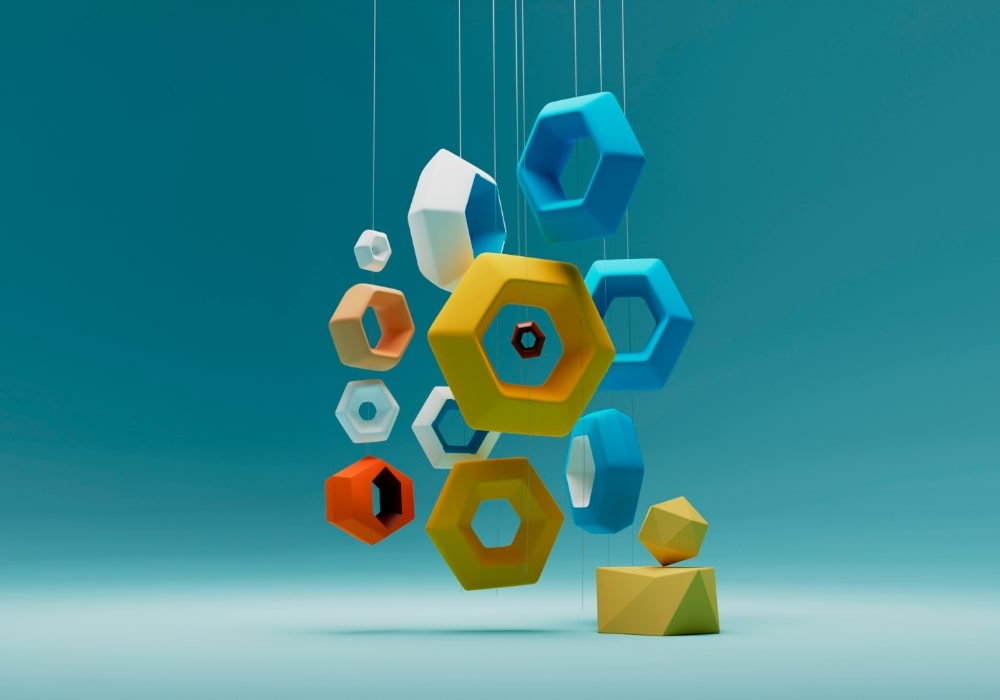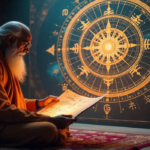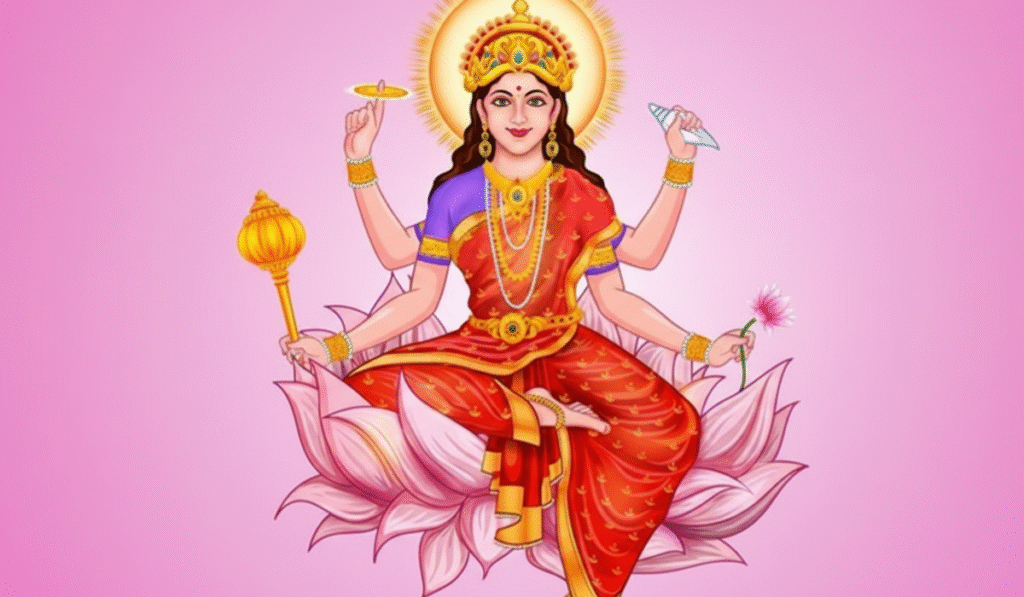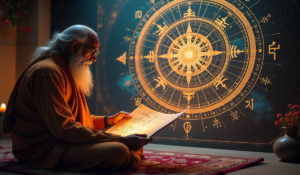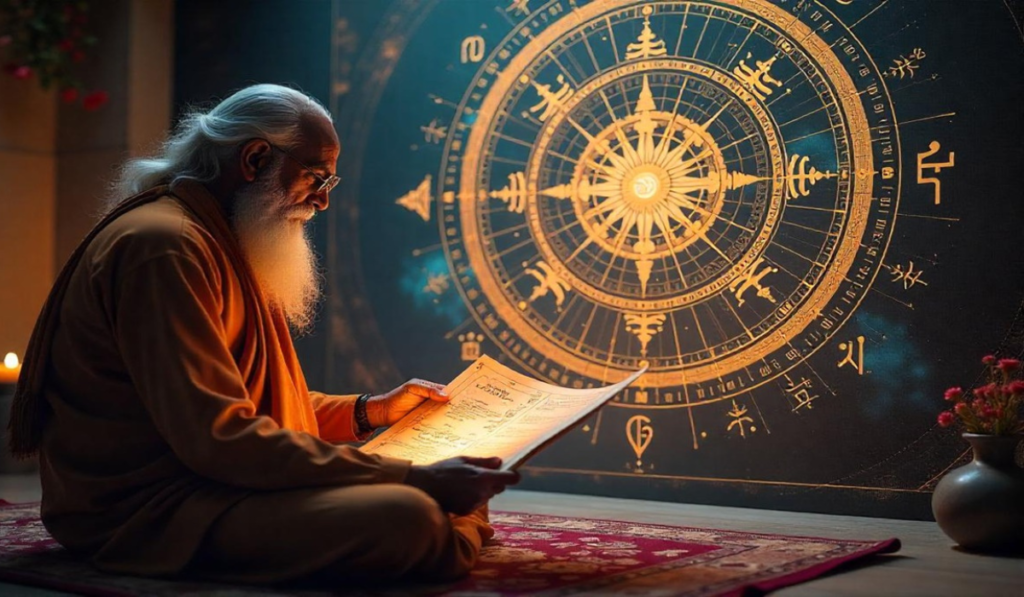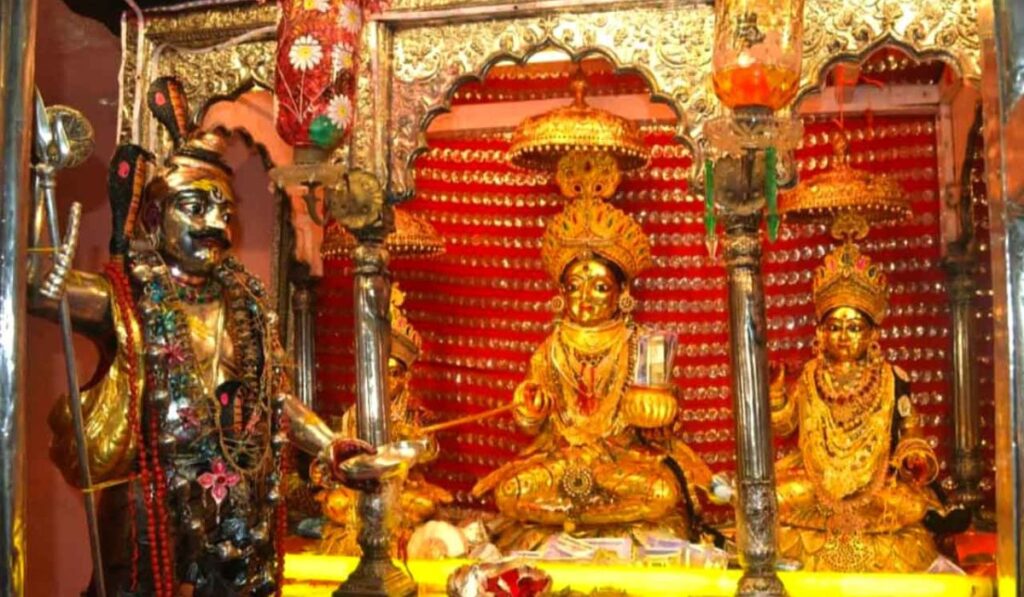The Ninth and final day of Navratri is serene. From Kanjak to Langoors, everyone is celebrating the day when Maa Durga slayed Mahishasur and became Mahishasur Mardini.
In every temple and in every pandal, you can smell the incense of hawans and prashad of suji halwa and Kaala chana.
This last day of Navratri makes the whole of India walk in the same route. After eight days of worshiping the many forms of Adishakti, the journey reaches its completion with Maa Siddhidatri, the ultimate manifestation of Maa Durga.
Her name says it all, Siddhi means spiritual or supernatural powers, and Datri means giver. On Navratri Day 9 Siddhidatri Puja, devotees invoke the Ashirvaad of the goddess who bestows not just mystical abilities, but also wisdom, devotion, and liberation from worldly attachments.
But who exactly is Maa Siddhidatri? Why is she considered the goddess of perfection, and why is the final day of Navratri dedicated to her? Let’s step into her world.
Who is Maa Siddhidatri?
Maa Siddhidatri, the ninth and final manifestation of Goddess Durga, is worshipped as the giver of siddhis. The scriptures describe that she grants eight siddhis, that is Anima, Mahima, Garima, Laghima, Prapti, Prakamya, Ishitva, and Vashitva. Along with nine nidhis to her devotees. This is why she is called Siddhidatri, the one who bestows siddhis.
According to the Devi Bhagavata Purana, it was Maa Siddhidatri who blessed Lord Shiva with all siddhis. It is also believed that because of her grace, half of Shiva’s body became one with Shakti, giving rise to the Ardhanarishvara form. The perfect union of masculine and feminine energies in one.
She sits on a lotus, radiating divine calmness, and is depicted with four arms, holding a lotus, a mace, a chakra, and a shankha. She rides a lion, symbolizing courage, but her expression reflects ultimate compassion. Devotees see her as the embodiment of completeness and fulfillment, the final destination of the Navratri journey.
By worshipping Maa Siddhidatri on the ninth day of Navratri, devotees not only receive her blessings for spiritual growth. They also get the strength to transcend material limitations and experience oneness with the divine.
The Story of Maa Siddhidatri
After Maa Kushmanda created the entire life and existence, and after the creation of Mahashaktis. Mahashaktis created the trinity of Brahma, Vishnu, and Mahesh. Now, to perform his role in the creation, Bhagwaan Shiv went into intense tapasya for ages.
So, to grant Sidhis, Maa Kushmanda created another manifestation of herself, Maa Siddhidatri.
According to our ancient Hindu scriptures, the Durga Saptashati and Devi Bhagavata Purana. There are a total of 8 primary sidhis, that is also called Ashtasidhis. However, there are 10 additional Sidhis defined by our beloved Krishna later in the Dwapar Yuga.
So, to grant all the 18 Sidhis, Maa Siddhidatri became half of Bhagwaan Shiv. This symbolizes that every man is incomplete without the full support of a woman – the Shakti.
From there, Bhagwaan Shiv was also known as Ardhanareshwar, which means half man and half woman.
Not just that, upon witnessing this phenomenon, Lord Brahma gained the knowledge of the creation of life and its perfection. Brahma concluded that the union of male and female is the ankur of life.
Through this union of Shiv and Shakti, Maa Siddhidatri revealed a profound truth that the masculine and feminine energies of the universe are incomplete without each other. Creation itself is possible only through this balance.
This is why Maa Siddhidarti is known as the goddess of perfection and completion.
How is Maa Siddhidatri Depicted – Symbolism and Iconography
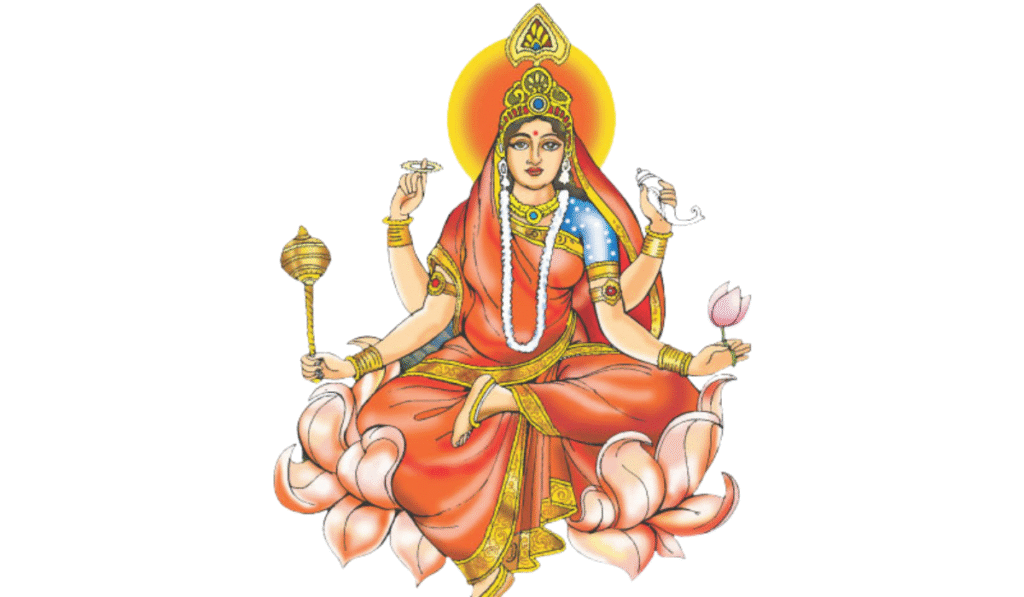
Maa Siddhidatri, the ninth form of Goddess Durga, is traditionally depicted seated on a lotus, the flower of purity and spiritual awakening. At times, she is also shown riding a lion, her vahana, symbolizing unmatched courage and power. With four graceful arms, she carries:
- Lotus: representing purity of the soul and divine grace.
- Gada: signifying authority and the strength to remove obstacles.
- Chakra Discus: the wheel of protection, safeguarding devotees from evil and negativity.
- Shankha: the eternal sound of the universe that is Om, symbolizing cosmic harmony and connection with higher consciousness.
Her face radiates calmness and compassion, unlike the fierce energy seen in earlier forms of the Goddess. This serene expression embodies the essence of divine fulfillment, a reminder that the spiritual journey of Navratri culminates in wisdom, harmony, and inner completeness.
The iconography of Maa Siddhidatri teaches that true power is not in aggression but in the balance of purity of mind, strength of spirit, protection from negativity, and union with the cosmic truth.
Mantras and Prayers to Worship Maa Siddhidatri
Mantra
ॐ देवी सिद्धिदात्र्यै नमः॥
Om Devi Siddhidatryai Namah॥
Prarthna
सिद्ध गन्धर्व यक्षाद्यैरसुरैरमरैरपि।
सेव्यमाना सदा भूयात् सिद्धिदा सिद्धिदायिनी॥
Siddha Gandharva Yakshadyairasurairamarairapi।
Sevyamana Sada Bhuyat Siddhida Siddhidayini॥
Stuti
या देवी सर्वभूतेषु माँ सिद्धिदात्री रूपेण संस्थिता।
नमस्तस्यै नमस्तस्यै नमस्तस्यै नमो नमः॥
Ya Devi Sarvabhuteshu Maa Siddhidatri Rupena Samsthita।
Namastasyai Namastasyai Namastasyai Namo Namah॥
Conclusion
As the nine nights of devotion come to an end, Maa Siddhidatri reminds us that life is not just about discipline, strength, or courage. It is about completion. She shows that divine and human, masculine and feminine, strength and compassion, all are one.
But this is not the ending, but a beginning of something new and something big. Why is Dussehra celebrated on the 10th day – Dashmi? How do these two unparalleled events connect? Why is Dussehra symbolized as the end of the season and the beginning of a new chapter?
There are a lot of questions, and so are the answers.
My Favorite Corner answers all these questions by reading, analysing, and understanding the true source and literal translations. So stay connected to know better about the history of Hindutva.
Let’s stay connected! Come say hi on Instagram or follow us on Facebook for daily inspo.


